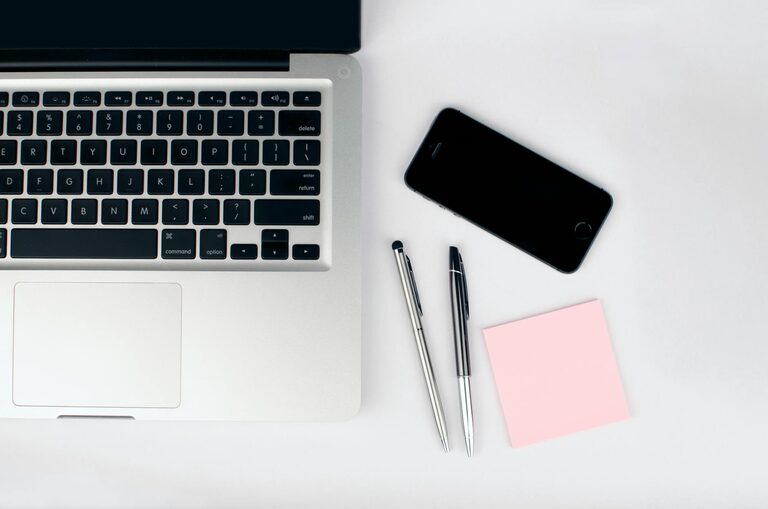In today’s connected world, our digital spaces can quickly become cluttered and overwhelming. From overflowing inboxes to piles of unused apps and scattered files, digital clutter can affect your productivity and peace of mind. The good news is that decluttering your digital life isn’t as daunting as it seems. With a few thoughtful steps, you can create a streamlined and efficient online environment.
Why Declutter Your Digital Life?
Before diving into the “how,” it helps to understand the benefits:
– Improved Productivity: A clean digital space lets you find what you need quickly.
– Reduced Stress: Less clutter means fewer distractions and a calmer mind.
– Enhanced Device Performance: Removing unnecessary files and apps can speed up your devices.
– Better Security: Organizing and deleting old data reduces the risk of privacy breaches.
Step 1: Organize Your Files and Folders
Over time, digital files accumulate and get scattered across devices and cloud storage. Here’s how to take control:
Create a Consistent Folder Structure
– Decide on main categories based on your needs (e.g., Work, Personal, Photos, Receipts).
– Use clear, consistent folder names.
– Archive old projects in “Archive” or “Completed” folders.
Delete or Archive Old Files
– Review files you haven’t opened in months.
– Delete duplicates or outdated versions.
– Use external drives or cloud storage for important but rarely accessed files.
Use Descriptive Filenames
Avoid vague names like “Document1” and instead use descriptive titles that make it easy to identify the content.
Step 2: Tame Your Email Inbox
Emails can quickly pile up, making it hard to focus on what matters.
Set Up Folders and Labels
– Create folders for different topics or projects.
– Use color-coded labels to prioritize messages.
Unsubscribe from Unnecessary Newsletters
If a newsletter no longer provides value, unsubscribe to reduce incoming emails.
Use Filters and Rules
Most email services let you set automatic rules to sort messages as they arrive, saving you time.
Aim for Inbox Zero
Try setting aside time daily or weekly to clear your inbox, respond to important emails, and archive or delete the rest.
Step 3: Manage Your Apps and Software
Apps can take up valuable space and distract you if left unchecked.
Assess What You Use Regularly
– Make a list of apps you use daily or weekly.
– Identify apps you rarely or never use.
Delete Unused Apps
Removing apps you no longer need frees up storage and processing power.
Organize Apps Logically
Group apps by purpose (e.g., productivity, social, entertainment) in folders or on separate screens to find them easily.
Update Regularly
Keeping your apps up to date ensures better performance and security.
Step 4: Clean Up Your Browser
Browsers can accumulate history, bookmarks, and extensions that slow things down.
Manage Bookmarks
– Delete outdated or irrelevant bookmarks.
– Organize bookmarks into folders by category.
Review Browser Extensions
Disable or remove extensions you don’t use regularly to improve performance and security.
Clear Cache and Cookies Periodically
This helps speed up your browser and protects your privacy.
Step 5: Backup Important Data
Before deleting files, make sure your important data is safe.
Choose a Backup Method
– Use cloud services like Google Drive, Dropbox, or OneDrive.
– Keep external hard drives as an additional backup layer.
Automate Backups
Set up automatic backups where possible to avoid losing important information.
Step 6: Set Digital Boundaries and Habits
Maintaining a decluttered digital life requires ongoing effort.
Schedule Regular Digital Cleanups
Set reminders monthly or quarterly to review and tidy your files, emails, and apps.
Limit Notifications
Turn off unnecessary notifications to reduce distractions.
Practice Mindful Downloads
Before downloading new files or apps, ask if they’re truly needed.
Conclusion
Decluttering your digital life is a rewarding process that can improve your efficiency and peace of mind. By organizing your files, managing emails and apps, cleaning your browser, backing up important data, and developing healthy digital habits, you’ll create a cleaner, more manageable online environment. Start small, stay consistent, and enjoy the benefits of a decluttered digital space!

